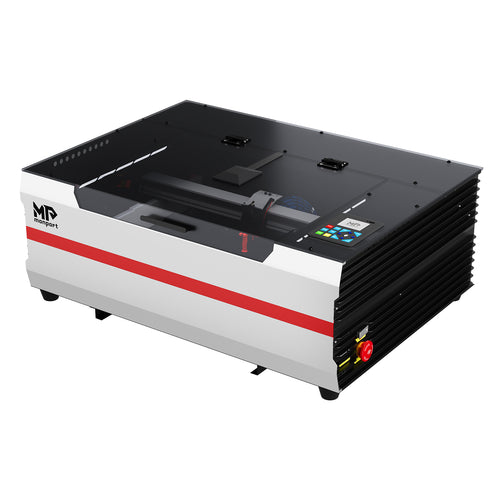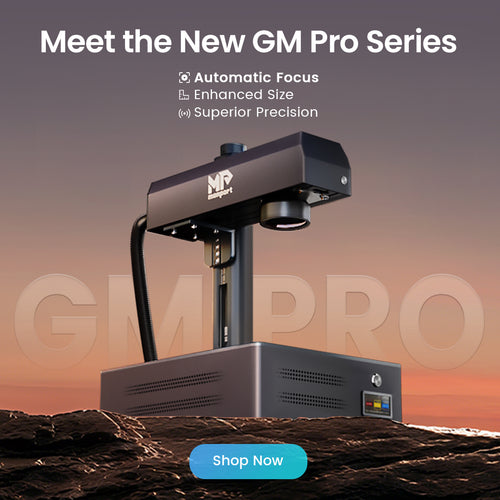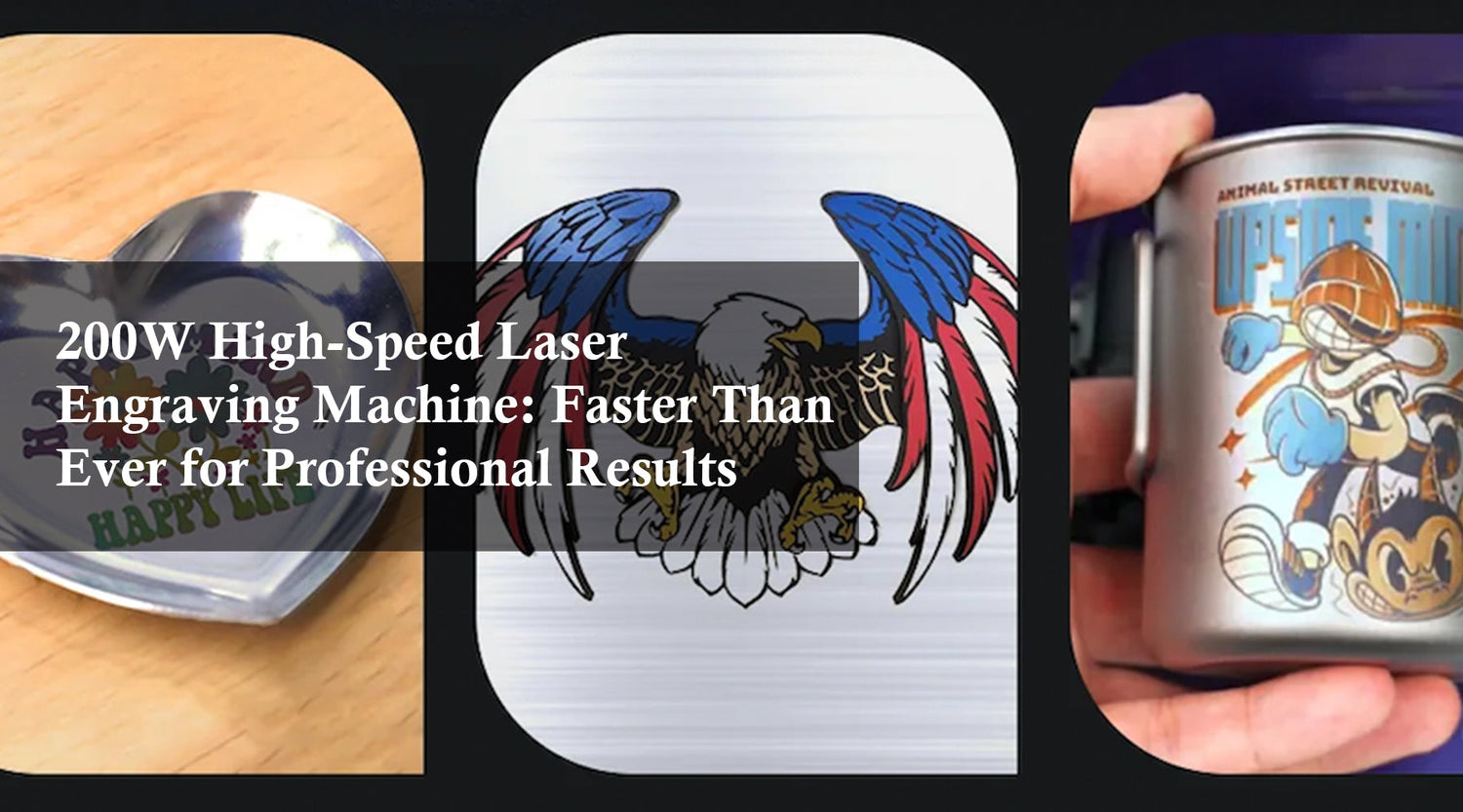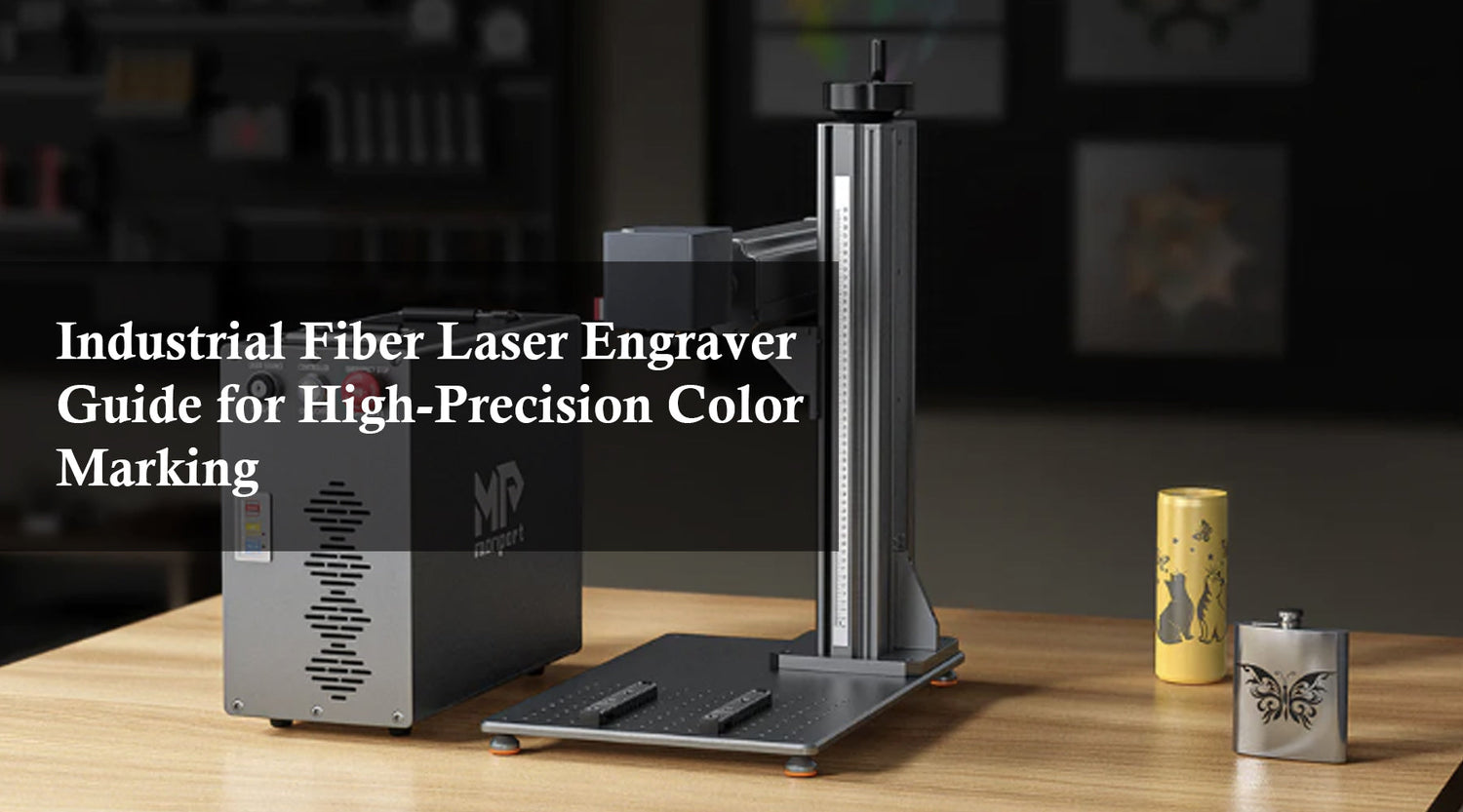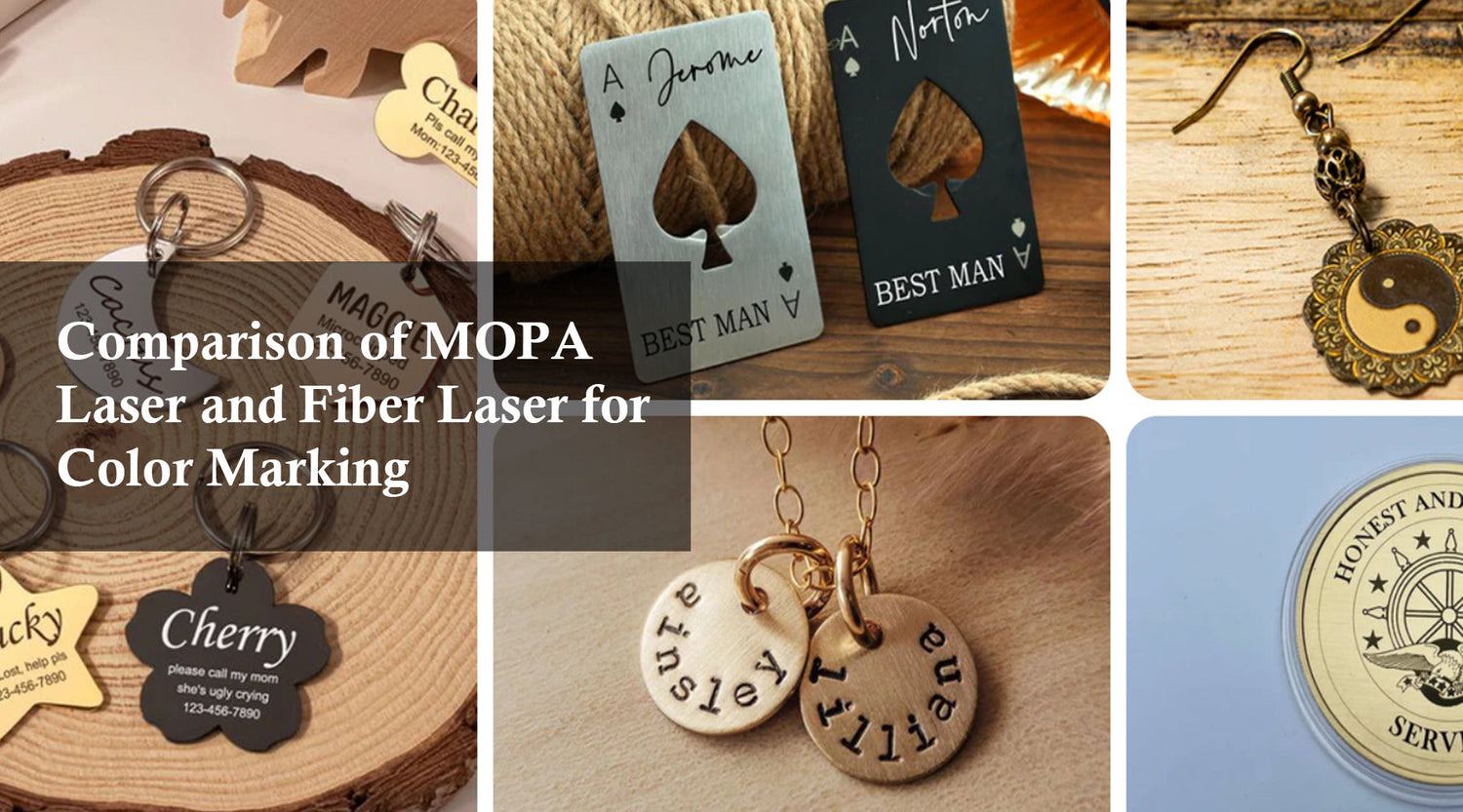Laser engraving and cutting have become popular in creating personalized and professional designs for various materials. Whether you’re a hobbyist or a business owner, using the right equipment and understanding the differences between diode vs CO2 laser is essential, especially when customizing accessories like an iPhone 16 Pro Max phone case.
In this article, we'll explore the benefits of laser engraving, compare diode vs CO2 lasers, and discuss how to choose the right materials for creating a unique phone case. Additionally, we'll introduce you to the Monport 150W CO2 Laser Engraver & Cutter (64" x 40") with FDA Approved, which is an ideal machine for your engraving and cutting projects.
What is Laser Engraving and Cutting?
Laser CO2 engraving is the process of using a laser to etch designs onto surfaces like wood, metal, glass, or plastic. Laser cutting, on the other hand, is when a laser beam cuts through materials to create specific shapes and designs. Both techniques are widely used in customizing products such as phone cases, signs, and jewelry.

Diode vs CO2 Laser: What’s the Difference?
When considering laser machines, two primary types of lasers dominate the market: diode lasers and CO2 lasers. Each type has its strengths and weaknesses, making it essential to understand their differences before starting your project.
| Feature | Diode Laser | CO2 Laser |
|---|---|---|
| Wavelength | 445–450 nm | 10.6 µm |
| Power Output | 1–10W (common for engravers) | 40–150W or more |
| Materials | Best for soft materials (wood, leather, plastic) | Cuts and engraves a wider range (metal, acrylic, glass, wood) |
| Cost | More affordable | Generally more expensive |
| Precision | Suitable for light engraving | Ideal for cutting and deep engraving |
A diode laser is often suitable for small-scale projects like wood engraving or creating logos on soft materials. In contrast, a laser CO2 is more powerful, offering deeper engraving and cutting capabilities for various materials such as wood, acrylic, and metals.
Why Use CO2 Laser for iPhone 16 Pro Max Phone Case?
When it comes to customizing an iPhone 16 Pro Max phone case, a CO2 laser provides a more versatile range of options due to its ability to work with a variety of materials. Whether you are engraving a pattern onto a leather phone case or cutting a precise shape from acrylic, the CO2 laser gives you the best results.
Some of the most popular materials for customizing phone cases include:
- Leather: CO2 lasers work well for engraving logos or personalized designs on leather cases.
- Acrylic: Create clear, crisp designs with precise cuts for acrylic phone cases.
- Wood: Wood phone cases can be engraved with deep and detailed patterns.
The Monport 150W CO2 Laser Engraver & Cutter (64" x 40") is a perfect machine for these tasks. Its powerful 150W laser allows for deeper engravings and more accurate cuts, making it a great choice for phone case customization.

How to Choose the Right Material for Laser Engraving
Choosing the right material for your phone case is essential for getting the desired result. Here are a few tips:
- Acrylic: Best for clear, modern designs that pop. It’s durable and allows for precise cutting with a CO2 laser.
- Wood: Great for more natural and rustic designs. The grain of the wood adds character to the engraved patterns.
- Leather: Adds a touch of luxury to the phone case, and the CO2 laser ensures that the engraving is crisp and clean.
- Silicone or Rubber: While these materials can be engraved, they require careful handling due to their soft nature.

FAQs About Laser Engraving and Cutting
Q: Can I use a diode laser for an iPhone 16 Pro Max phone case?
A: While you can use a diode laser for engraving certain soft materials like wood or leather, a CO2 laser is better suited for more versatile and detailed work.
Q: Which laser is faster for engraving?
A: CO2 lasers are typically faster and more powerful than diode lasers, allowing for quicker engraving and cutting of thicker materials.
Q: Is the Monport 150W CO2 Laser Engraver & Cutter safe to use?
A: Yes, the Monport 150W CO2 Laser Engraver & Cutter is FDA Approved, ensuring it meets all necessary safety standards for use.
Q: Can I engrave metal phone cases?
A: A CO2 laser can engrave certain coated metals, but for solid metals, fiber lasers are recommended.

Important Details About Monport 150W CO2 Laser Engraver
Here are the top features of the Monport 150W CO2 Laser Engraver & Cutter that make it ideal for engraving and cutting:
- Power: 150W laser strength allows for deep engraving and precise cutting.
- Large Working Area: The 64" x 40" size provides ample space for larger projects.
- Versatility: Cuts and engraves various materials including wood, acrylic, leather, and glass.
- FDA Approved: Ensures safety and reliability for all users.
Takeaways
- A CO2 laser offers better versatility and deeper engraving options compared to a diode laser.
- Materials like wood, acrylic, and leather are best for creating custom iPhone 16 Pro Max phone cases.
- The Monport 150W CO2 Laser Engraver & Cutter is ideal for both hobbyists and businesses, with its powerful capabilities and large workspace.

Conclusion
Choosing the right laser machine and material is essential for creating high-quality, custom iPhone 16 Pro Max phone cases. The Monport 150W CO2 Laser Engraver & Cutter offers powerful cutting and engraving options, making it the go-to solution for professional and hobbyist engravers alike. Whether you’re working with wood, acrylic, or leather, this machine ensures precise and detailed results every time.
By understanding the differences between diode vs CO2 laser, you can make informed decisions and create stunning, custom phone cases that stand out in the market.






